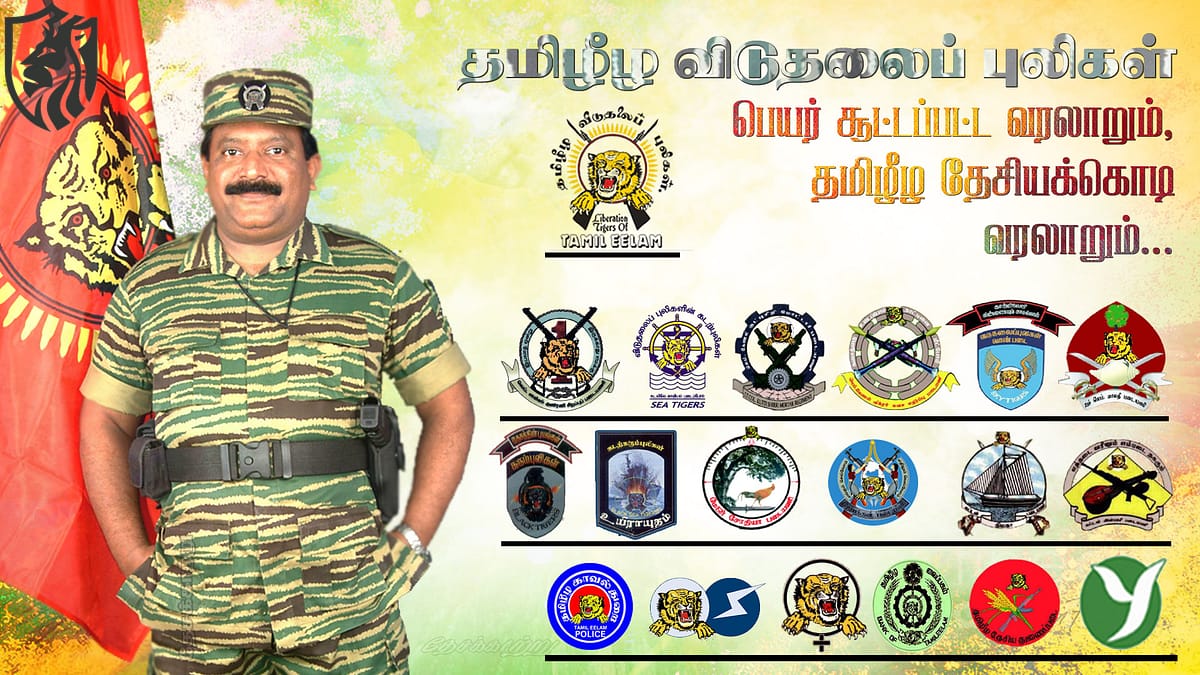
Soviet Frogmen in Angola
Overview
Reports of Soviet frogmen in Angola describe a covert encounter with South African combat divers in the early 1970s. The episode sits in a murky space between lore and declassified history. However, it reflects the period’s proxy competition, naval sabotage risks, and the rise of specialised underwater forces on both sides. Some open sources note a clash off an African coast in the early 1970s and stress that details remain disputed, including whether there were casualties.
The Angolan War in the early 1970s
Angola was shifting from a Portuguese colony toward independence. Rival liberation movements fought for control, while outside powers jostled for influence. Moscow backed the MPLA politically and militarily, which set conditions for deploying advisers and niche capabilities such as Soviet frogmen in Angola. By 1975, South Africa carried out Operation Savannah, and Cuba intervened in support of the MPLA—context that helps explain why covert maritime contests were plausible.
Actual Source Comments
Open literature on Russian naval special forces mentions an early-1970s underwater skirmish with “six or eight” South African frogmen near an African coast. In that version, Soviet divers protected a visiting trade delegation and “drove off” the intruders, with no deaths reported. The account is brief and lacks a location, but it matches the presence of Soviet frogmen in Angola and other African nations at the time.
Conversely, claims of multiple combat deaths appear in informal or social posts rather than in authoritative histories. When reconstructing events, analysts should prioritise documented sources, especially where Cold War secrecy and propaganda cloud the record.

Capabilities: what each side brought underwater
Both the USSR and South Africa developed combat-diver cadres that were able to conduct hull searches, place or neutralise limpet mines, and protect high-value vessels in restricted waters. Soviet OB-PDSS (anti-sabotage detachments) fielded rebreathers, swimmer delivery tactics, and, later, dedicated underwater weapons such as APS rifles and SPP-1 pistols. South African units honed clandestine beach surveys, port reconnaissance, and harbour entry skills that supported broader Border Wars operations. Even if the specifics remain contested, these capabilities make a close-quarters underwater encounter feasible.
Plausibility test: timelines and motives
Although the most intense phase of Angola’s internationally organised fighting peaked in 1975–76, foreign military involvement and preparatory activities began earlier. Soviet maritime security teams had reason to escort delegations and safeguard merchant or auxiliary shipping in African ports, which could place Soviet frogmen in Angola or nearby littorals. South African forces, preparing for cross-border operations and countering perceived threats, also operated along the region’s coastline. The incentives on both sides make a brief underwater probe-and-repulse encounter plausible. Still, the public record does not confirm a lethal firefight in 1972.
Assessing the Claim
Because open sources remain thin, we flag uncertainty and mark disputed elements, such as dates and casualties. The most neutral version cites no deaths. We avoid speculative attributions about combatants’ identities or backgrounds beyond what sources support. Moreover, we anchor this episode within broader Cold War underwater competition rather than a definitive battle narrative. This approach keeps Soviet frogmen in Angola within verifiable history while acknowledging evidence limits.
Table of reported casualty claims about the alleged underwater clash:
| Source / account | Claimed date & place | Parties involved | Reported casualties (Soviet) | Reported casualties (South African) | Confidence / notes |
|---|---|---|---|---|---|
| Wikipedia “Russian commando frogmen” summary | Early 1970s, “African coast” (often linked to Angola) | Soviet PDSS frogmen vs South African combat divers | 0 | 0 | Mentions intruders “driven off”; no deaths reported. The summary is available as an open-source document, with limited citations. |
| Social media / forum claims | 1972, off Angola/Africa coast | Same as above | 0 | 6–8 | User posts have not been verified, and no supporting documents have been provided. Treat as uncorroborated. |
| Declassified/official context (no specific clash record) | 1970s–80s Angolan theatre | USSR/Cuba/Angola vs South African ops broadly | — | — | Documents confirm Soviet naval presence/counter-sabotage measures but do not record this specific 1972 underwater firefight or casualties. |
Note: Currently, no high-trust archival or scholarly source verifies fatalities in a 1972 underwater clash; the best-known summary reports no deaths.

Why it mattered militarily
Even a short, casualty-free clash would have operational value. It would validate anti-saboteur postures in port security, test rules of engagement underwater, and inform future escort procedures for visiting officials and shipping. For South Africa, probing harbour defences could refine reconnaissance methods and readiness for a limpet-mine defence or attack. Moreover, such contacts reinforced the case for investments in rebreathers, swimmer delivery gear, and acoustic surveillance to deter covert swimmers.
Conclusion
Underwater clashes in Cold War Africa sit at the edge of history and myth. The Soviet frogmen in Angola’s story capture that twilight: plausible actors, hazy dates, and disputed outcomes. What endures is not a body count, but a snapshot of covert rivalry with South Africa, where port security, rebreathers and quiet courage mattered more than fanfare.
We can honour professional skills on both sides without speculating about identity or motive. Until archives open further, the cautious reading stands: a brief probe, repelled, with no verified deaths. Even so, the episode still teaches a simple lesson—rigorous sources are the diver’s best lifeline underwater.
References
- The overview of Russian commando frogmen mentions a clash in the early 1970s, during which “no deaths” were reported. Wikipedia
- History of the Angola Crisis 1974–75, U.S. Department of State (context). Office of the Historian
- The context of the South African The intervention in Angola is exemplified by Operation Savannah, as noted in Wikipedia and the CIA Reading Room.
- Soviet and Cuban intervention in Angola (declassified analysis). cia.gov









